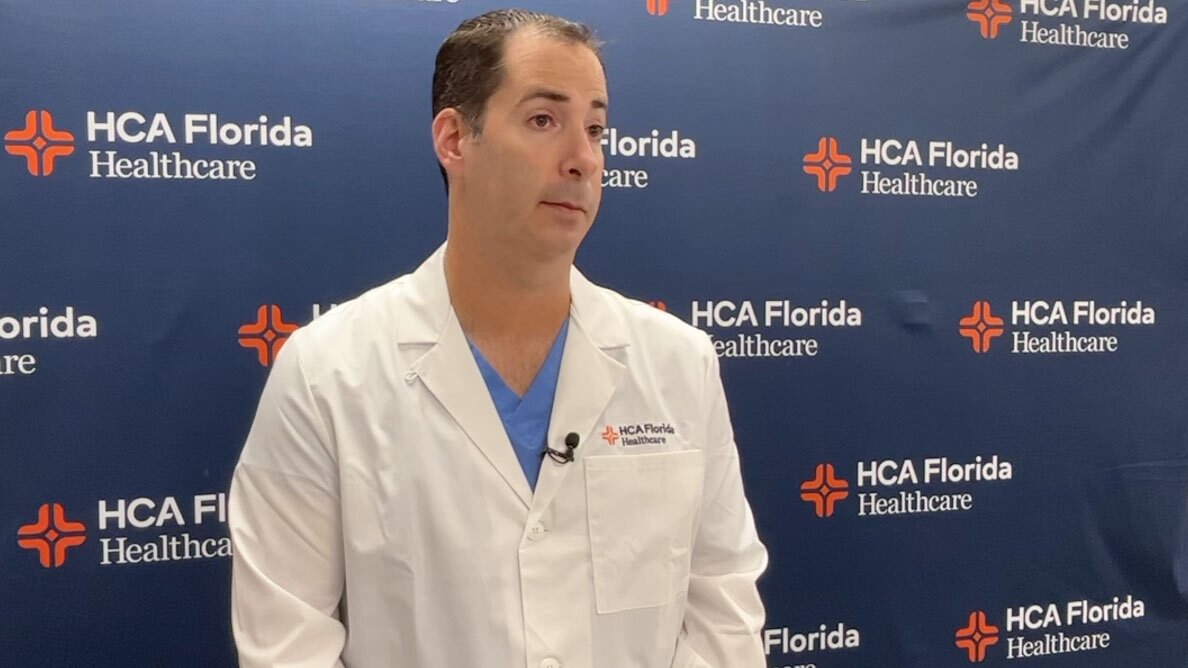Blood
Florida doctors team up to combat blood clots, make public aware of dangers
PALM BEACH COUNTY, Fla. — Blood clots kill more than 100,000 people every year and in many cases can be silent and sudden.
It’s enough of a concern that state legislators and physicians in our area are directing resources into research, treatment and awareness.
Doctors in Palm Beach County are leading the charge in the fight against blood clots just ahead of World Thrombosis Day on Oct. 13.
Physicians at HCA Florida said you could describe a blood clot as a gel-like clump of blood cells.
In the right situation, they can be a response to a cut or wound stopping dangerous bleeding.
But when associated with other parts of your body, they can send someone to the hospital.
They can form in a variety of places in the body.
“Blood clots [can form] in the legs, blood clots in the arms, blood clots in the lungs,” Dr. Steven Keehn, the emergency room medical director at HCA Florida JFK North Hospital,
Keehn is part of a team of medical leaders tackling blood clots.
The condition, also known as a pulmonary embolism, occurred for Gary Stevens in his legs and lungs.
“He had a real big issue. Luckily we were able to coordinate with our cardiology colleagues to get his pulmonary embolism taken care of,” Dr. Brian Kelly said.
Three hospitals within the HCA Florida network are deeply involved in the diagnosis, treatment and care for patients suffering from blood clots.
These cases are part of a larger push that came with the passage of the Emily Adkins Prevention Act earlier this year. It creates a policy workgroup to examine how blood clots affect Florida residents. The same three HCA Florida hospitals are involved in collaborating on the condition.
Stevens said his clots occurred without notice.
“I’m physically fit. I’ve played sports at top-tier levels of college and after, and I’ve never had any health issues, so this is very shocking to me,” Stevens said.
The HCA team of experts said there are certain things that can put anyone at a greater risk of developing a clot.
“If a person is stationary for a long period of time, [they can be susceptible to blood clots],” Kelly said.
“A lot of people that go on a long car ride or a flight, they should get up. They should move around. I know personally I wore leg compression stockings when I went on an international flight recently so I could decrease my chances of having a blood clot,” Keehn said.
Stevens’ clot came after a long drive from Philadelphia.
“Within three or four days of getting here, I just had immense amounts of pain in my right leg,” Stevens said.
He almost immediately went to get it checked and days later he was in the operating room.
“They just basically said great job coming in glad you responded quickly because it could always develop into something worse,” Stevens said.
Days later, he is on the mend and on the move.

